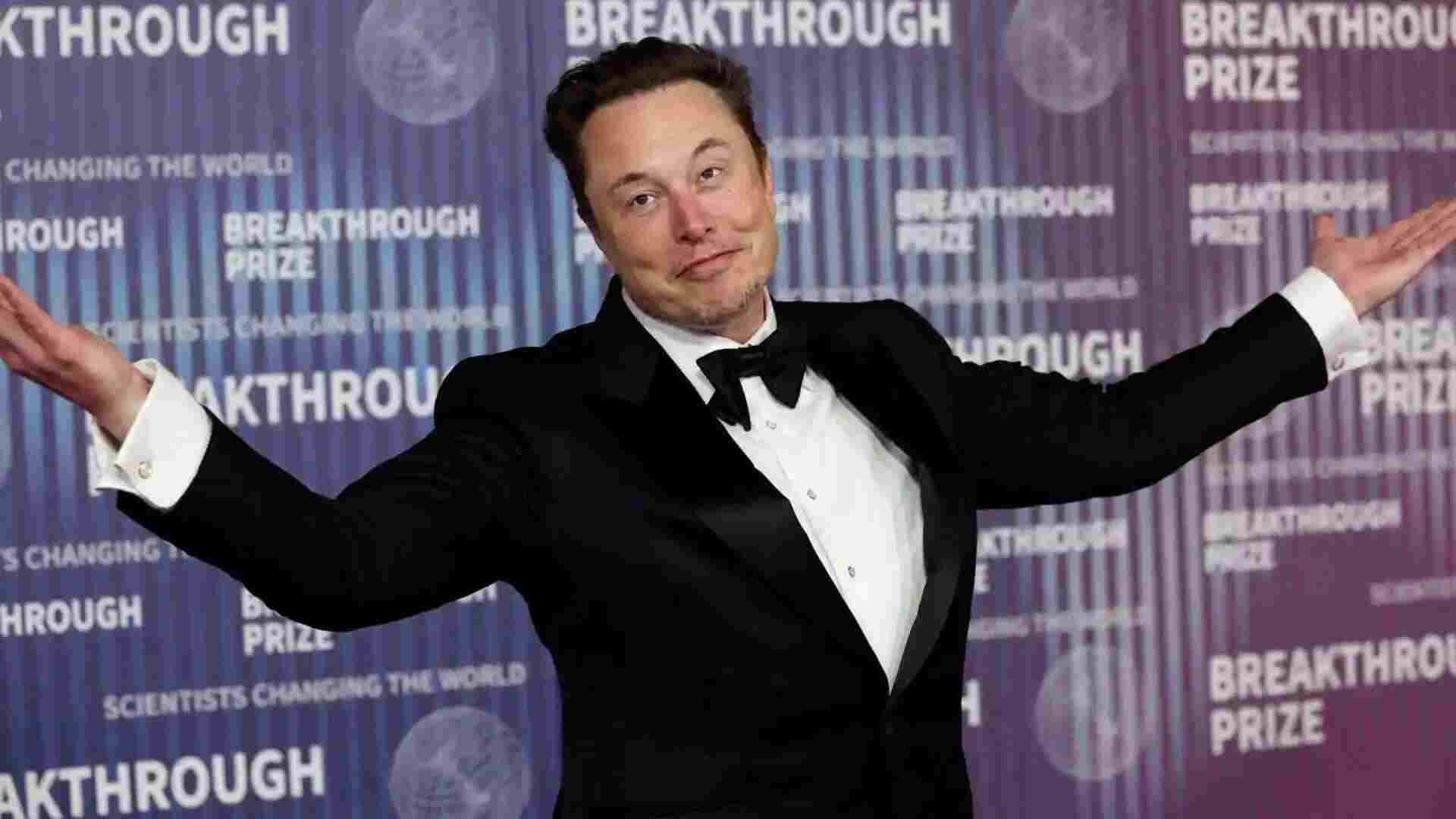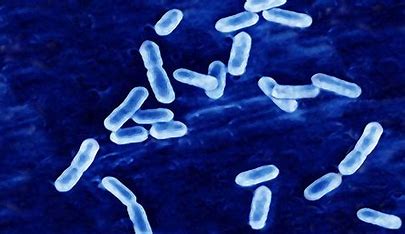On Saturday, Elon Musk unveiled SpaceX’s timeline for a Mars mission, aiming to establish a self-sustaining city on the red planet within 20 years. This announcement follows the successful creation of the first fully reusable rocket stage by SpaceX. Musk shared these details on X (formerly Twitter), stating, “Making life multiplanetary is fundamentally a cost per ton to Mars problem.”
Currently, transporting useful payloads to Mars costs about a billion dollars per ton. Musk emphasized the need to reduce this cost to $100,000 per ton to make a self-sustaining city feasible, noting that this requires technology to be 10,000 times more efficient. He acknowledged the challenge, calling it “extremely difficult, but not impossible.”
Also Read: WATCH Trump’s Slip-Up: Calls Elon Musk ‘Leon’ At Wisconsin Rally
Musk outlined the plan: the first Starships are set to launch towards Mars in two years during the next Earth-Mars transfer window. These initial missions will be uncrewed to test landing reliability. If successful, crewed missions will follow in four years.
The ultimate goal, according to Musk, is to build a self-sustaining city on Mars. He explained, “Flight rate will grow exponentially from there, with the goal of building a self-sustaining city in about 20 years.” He believes that being multiplanetary would significantly extend the potential lifespan of human consciousness, ensuring survival beyond a single planet.
Why Mars?
SpaceX identifies Mars as one of Earth’s closest habitable neighbors, positioned about 140 million miles away. Despite being 50% farther from the Sun than Earth, Mars still receives enough sunlight. The planet is cold but can be warmed up, and its atmosphere, primarily CO2 with some nitrogen and argon, is conducive to growing plants if compressed. Mars’ gravity is about 38% that of Earth’s, which would allow easier movement and lifting of heavy objects. Additionally, Mars’ day length is similar to Earth’s.
















